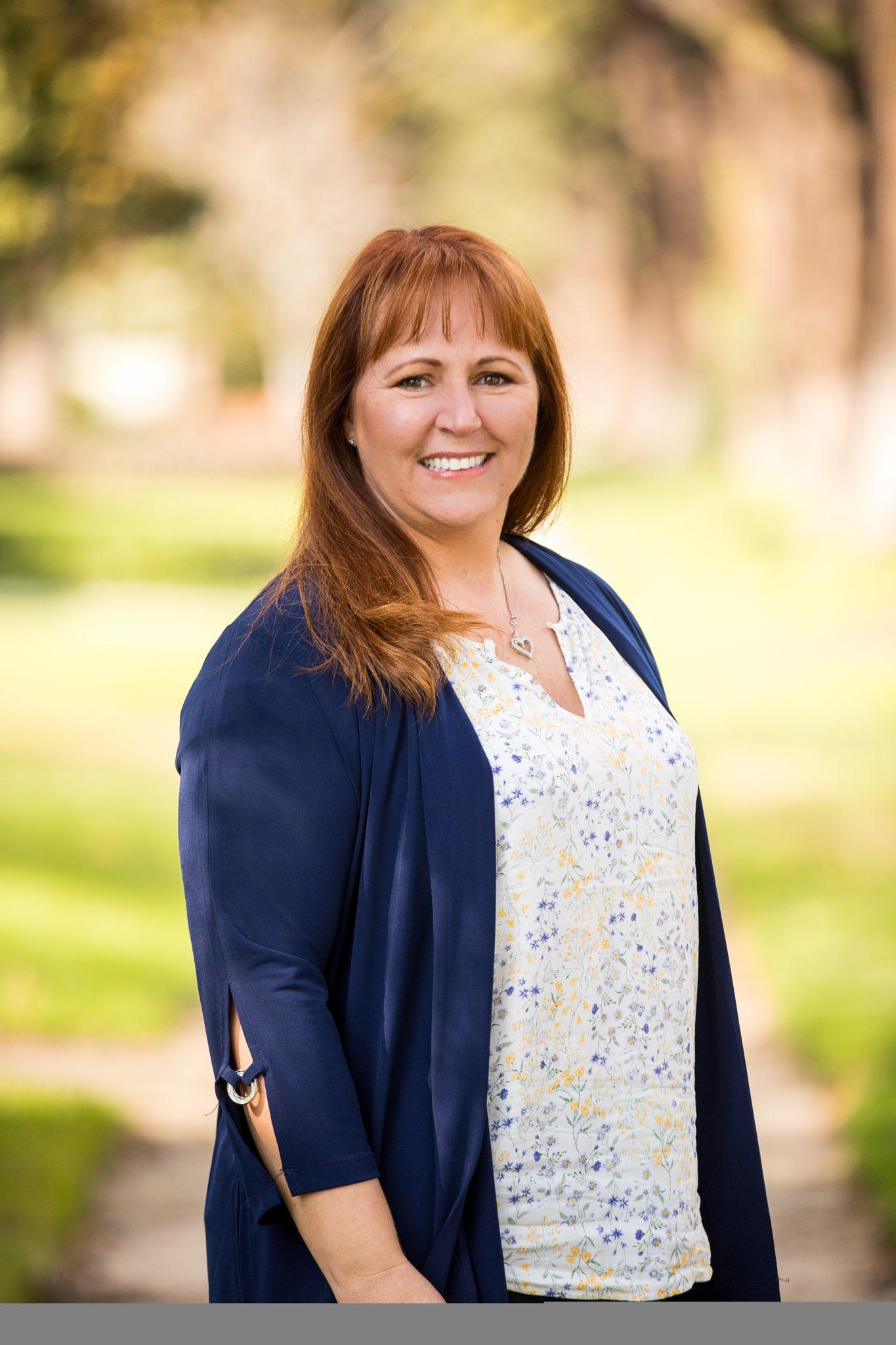Effective Therapy Approaches for Mental Wellness
- Cathy Hayes

- Oct 16
- 4 min read
Taking the step to seek therapy is a brave and important decision. It’s a journey toward understanding yourself better, healing emotional wounds, and building a more fulfilling life. If you’re exploring therapy options, you might feel overwhelmed by the many approaches available. I want to walk you through some effective therapy methods that can support your mental wellness. These approaches have helped countless individuals, couples, and families find clarity, peace, and strength.
Therapy is not one-size-fits-all. What works beautifully for one person might not be the best fit for another. The key is to find a method that resonates with you and meets your unique needs. Let’s explore some of the most effective therapy methods together, so you can feel more confident about your path forward.
Understanding Effective Therapy Methods
When we talk about effective therapy methods, we’re referring to approaches that have been proven to help people manage their emotions, improve relationships, and develop healthier coping skills. These methods often involve talking through your experiences, learning new ways to think about challenges, and practicing skills that promote emotional balance.
Here are some therapy methods that have shown great results:
Cognitive Behavioral Therapy (CBT): This method helps you identify and change negative thought patterns that affect your feelings and behaviors. It’s practical and goal-oriented, often involving homework to practice new skills.
Dialectical Behavior Therapy (DBT): Originally developed for people with intense emotional struggles, DBT teaches mindfulness, emotional regulation, distress tolerance, and interpersonal effectiveness.
Emotionally Focused Therapy (EFT): Especially helpful for couples, EFT focuses on understanding and reshaping emotional responses to build stronger, more secure relationships.
Family Therapy: This approach involves family members working together to improve communication, resolve conflicts, and support each other’s growth.
Mindfulness-Based Therapy: Incorporating mindfulness practices helps you stay present and reduce anxiety or depressive symptoms by fostering acceptance and awareness.
Each of these methods offers tools to help you feel more in control and connected to yourself and others.

How to Choose the Right Therapy Method for You
Choosing the right therapy method can feel like a big decision, but it doesn’t have to be overwhelming. Here are some steps you can take to find the best fit:
Reflect on Your Goals: What do you want to achieve through therapy? Are you looking to manage anxiety, improve your relationship, or heal from past trauma? Knowing your goals can guide you toward the right approach.
Consider Your Preferences: Do you prefer structured sessions with clear homework, or a more open, exploratory style? Some people thrive with practical exercises, while others benefit from deep emotional exploration.
Ask About the Therapist’s Expertise: Therapists often specialize in certain methods. Don’t hesitate to ask about their training and experience with different approaches.
Try a Session: Sometimes, the best way to know if a therapy method works for you is to try it. Many therapists offer an initial consultation to discuss your needs and explain their approach.
Be Open to Adjustments: Therapy is a process. If one method doesn’t feel right, it’s okay to explore others. Your comfort and progress are what matter most.
Remember, therapy is a partnership. You and your therapist will work together to find the best path for your healing and growth.
What is the difference between MFT and LMFT in California?
If you’re considering therapy in California, you might come across the terms MFT and LMFT. Understanding the difference can help you make an informed choice.
MFT (Marriage and Family Therapist): This is a professional who has completed the necessary education and training to provide therapy focused on individuals, couples, and families. They work to improve relationships and mental health.
LMFT (Licensed Marriage and Family Therapist): This designation means the therapist has met all licensing requirements in California, including supervised clinical hours and passing a licensing exam. An LMFT is fully qualified to provide therapy independently.
Choosing a licensed therapist, such as an LMFT, ensures you’re working with someone who has met rigorous standards for education and practice. If you’re in Upland, CA, you might consider reaching out to cathy hayes, lmft upland, who offers compassionate and professional support tailored to your needs.

Practical Tips to Maximize Your Therapy Experience
Therapy is a powerful tool, but your active participation can make all the difference. Here are some tips to help you get the most out of your sessions:
Be Honest and Open: Share your thoughts and feelings as honestly as you can. Your therapist is there to support you without judgment.
Set Clear Goals: Work with your therapist to set achievable goals. This gives your sessions direction and helps you track progress.
Practice Skills Outside Sessions: Many therapy methods involve learning new skills. Practice them in your daily life to reinforce your growth.
Be Patient: Change takes time. Celebrate small victories and be gentle with yourself during setbacks.
Communicate Your Needs: If something isn’t working or you have questions, speak up. Your therapist wants to hear from you.
Therapy is a journey, and your commitment to the process is a vital part of your healing.
Embracing Support and Growth Through Therapy
Choosing to engage in therapy is a beautiful step toward nurturing your mental wellness. Whether you’re navigating personal challenges, relationship struggles, or family dynamics, effective therapy methods can provide the guidance and tools you need.
Remember, you don’t have to do this alone. Support is available, and with the right approach, you can develop lasting coping mechanisms and experience meaningful growth. If you’re in Upland, CA, and looking for compassionate, skilled support, consider connecting with cathy hayes, lmft upland. You deserve to feel heard, understood, and empowered on your journey.

I hope this guide helps you feel more confident about exploring therapy and finding the right approach for your mental wellness. Remember, every step you take is a step toward a healthier, happier you.






Comments